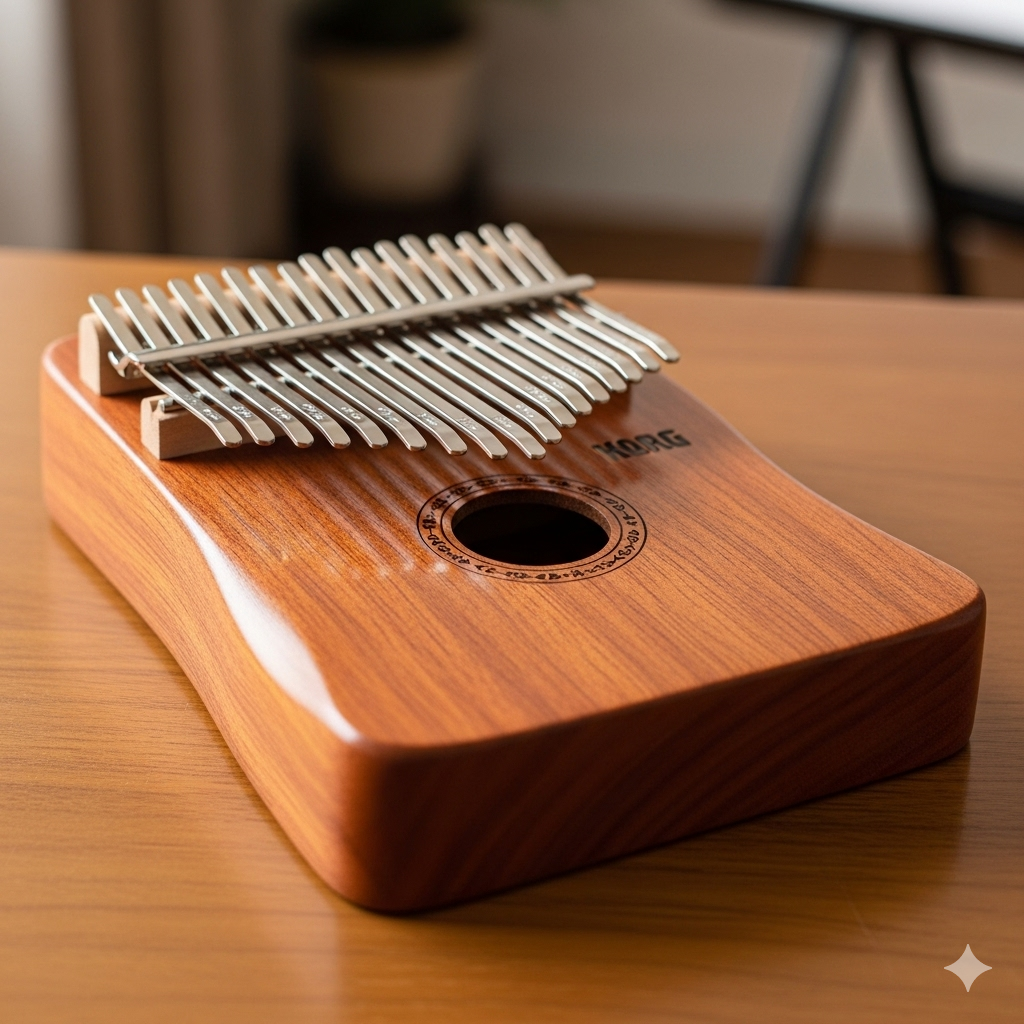Beginner's Must-Read! How to Choose Your First Kalimba? (An Ultra-Detailed Buying Guide)

Hello, future kalimba players!
Have you just started exploring the kalimba and feel overwhelmed by the dizzying array of models on the market? From materials and key counts to different brands, it's easy to get lost.
Don't worry. This ultra-detailed kalimba buying guide will help you sort things out. We won't get bogged down in music theory; we’ll focus on how to pick the perfect beginner kalimba so you can avoid common mistakes and make a smart purchase.
Key Factors: Material and Tone
The tone of a kalimba is primarily determined by the material of its body. Your choice of material is like choosing a specific "sound style."
1. Solid Wood Kalimbas: The Warm, Ethereal Classic
This is the most common and popular type. A solid wood body generally provides a more mellow, warm, and resonant tone with good sustain.
-
Mahogany Wood: This is the classic entry-level wood. Its tone is warm and gentle, with moderate sustain, making it highly cost-effective and perfect for beginners.
-
Koa Wood: The tone is bright and clear with excellent high-frequency performance. Over time, its sound becomes richer, making it the preferred choice for many mid-to-high-end instruments.
-
Walnut Wood: The tone is relatively deep and balanced, with a strong mid-range presence.
How to Choose? For a beginner, Mahogany is the best choice. It offers a classic tone at a very friendly price.
2. Acrylic Kalimbas: The Clear, Unique Modern Style
Acrylic kalimbas have become very popular recently. Their tone is incredibly pure and clear, reminiscent of glass beads dropping, but they typically have less resonance and sustain compared to solid wood kalimbas.
How to Choose? If you are looking for a unique visual aesthetic or a distinctly bright and crystalline sound, an acrylic kalimba is a great option. However, for a richer, more versatile tone, a solid wood kalimba is a better choice.
Key Count: 17-Key or 21-Key?
This is another major question that confuses many new players.
1. 17-Key Kalimba: The Most Common Choice
This is our most important recommendation. The 17-key kalimba is the most popular model on the market, and the vast majority of tutorials, sheet music, and online communities are based on it.
-
Pros: The keys are well-spaced and easy to play, and the resources (sheet music, tutorials) are extremely abundant. It can be used to play most popular songs.
-
Cons: The range is relatively narrow, so you won't be able to play some songs with a wider musical range.
2. 21-Key Kalimba: More Room to Grow
A 21-key kalimba adds four extra high-pitched keys.
-
Pros: It has a wider range, making it suitable for advanced players who want more musical freedom and challenges.
-
Cons: The keys are more crowded, which can be difficult for beginners, and there are fewer beginner-friendly resources available.
How to Choose? For the vast majority of beginners, a 17-key kalimba is the best entry-level choice. It will meet almost all of your playing needs while providing a wealth of resources for learning and practice.
Shape, Craftsmanship, and Price
Beyond material and key count, these details are also worth your attention.
-
Hollow vs. Solid: A hollow body typically has a louder sound and stronger resonance, but can sometimes have a "buzzing" sound. A solid body has a slightly softer volume but a purer tone. For beginners, a solid body is often easier to control.
-
Craftsmanship: When you buy, check if the keys are smooth and free of burrs, and if the body is finely polished. These details directly affect the feel and your playing experience.
-
Price Range: For a beginner, a kalimba priced between $30 and $60 USD will usually meet your needs, offering a good balance of tone and value. Kalimbas in this range are generally well-made and suitable for long-term practice.
Where to Buy and Brand Recommendations
Choosing a reliable brand is crucial for your first instrument, ensuring both quality and after-sales support. Here are some popular and well-regarded brands:
-
Gecko: A well-known Chinese brand with a wide range of products. It's especially great for beginners, with stable quality control and affordable prices.
-
Lingting: Known for its outstanding tone and exquisite craftsmanship. It's a bit more expensive but a good choice for those with a higher budget.
-
Hluru: Known for its stylish design and beautiful appearance, with a commendable tone and quality.